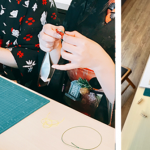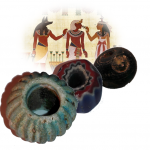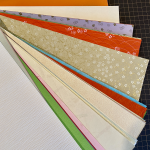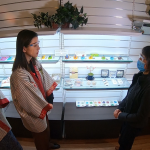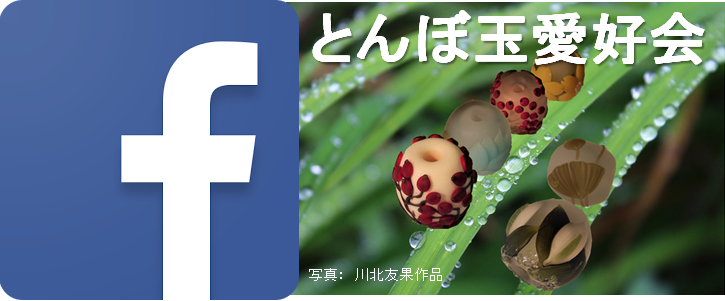Products coated with urushi lacquer. Urushi lacquer is natural coating material made from tree sap of urushi tree. The oldest examples in Japan are supposed to be made during Jomon Era (ca.13000 B.C. – ca.300 B.C. )
Urushi lacquer forms very strong coat once it is ‘dried’. Precisely speaking, it is ‘hardening’by the action of an enzyme, and adequate temperature and high humidity is required in this ‘drying’ process. Besides its decorative effect, urushi lacquer coat makes the material resistant to water, oil, salt, acid and shock, so it has had a wide range of application throughout history. For example, the interior and ritual instruments for temples and shrines, furniture for the residence of aristocrats, armor and sword of Samurai, and daily utensils like bowls and chopsticks and accessories.
Including many layers of coating and polishing, the process consists of 30 to 40 steps and it requires a long time and skills of artisans.
Urushi lacquer coated crafts has been produced in various areas throughout Japan. Each one has its own tradition and characteristics and tries also to seek new applications along with the changes in technology and life style.
漆を塗って仕上げた器などをいう。漆は、ウルシの木の樹液を精製して作られる塗料で、日本では、古くは縄文時代(紀元前13000年頃‐紀元前4世紀頃)から使われてきた。
漆は、「乾く」と非常に強い皮膜となる。正確には酵素の働きによって硬化するもので、「乾かす」工程には、適度な温度と高い湿度が必要とされる。装飾的な美しさに加え、水、油、塩分、酸、衝撃に対する素地の耐久性を高めるため、寺社の内装や宗教上の用具、貴族の住居の調度品、武士の甲冑や刀、そして食器をはじめとする日常の道具や身の回りの装飾品など、あらゆる場面で使われてきた。
何重にも漆を塗り重ねては磨きをかける工程は30から40にも上り、各段階で職人の高い技術と時間を要する。
漆工の産地は日本全国に見られ、それぞれに伝統を守りながら特徴ある作品を生産する一方、技術革新やライフスタイルの変化にあわせて、新たな用途も模索されている。

